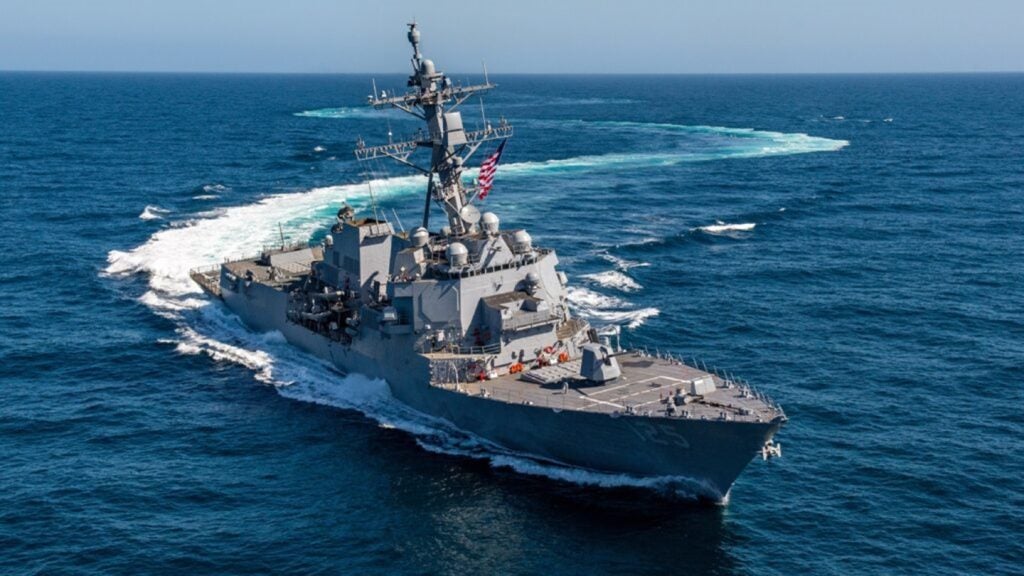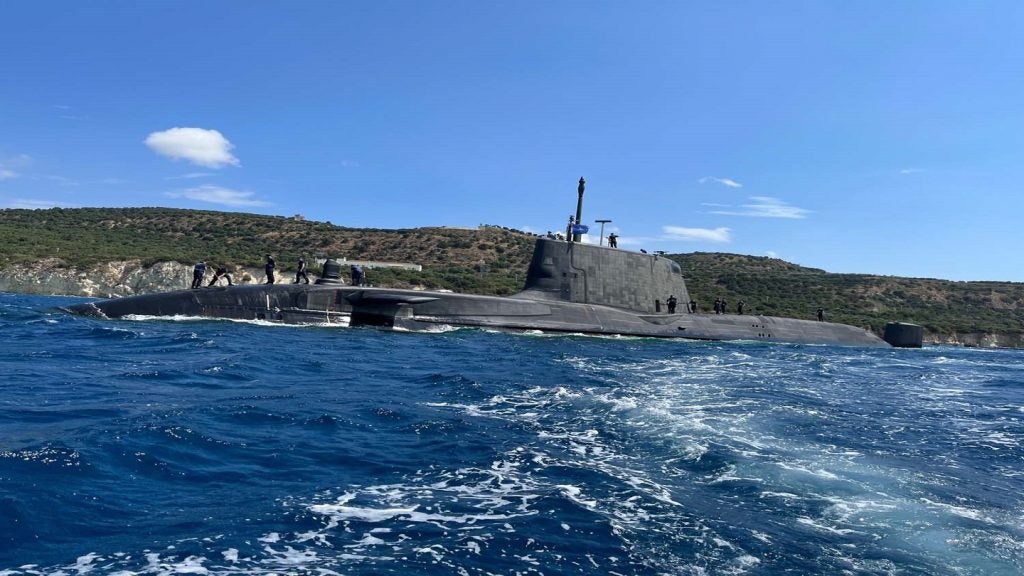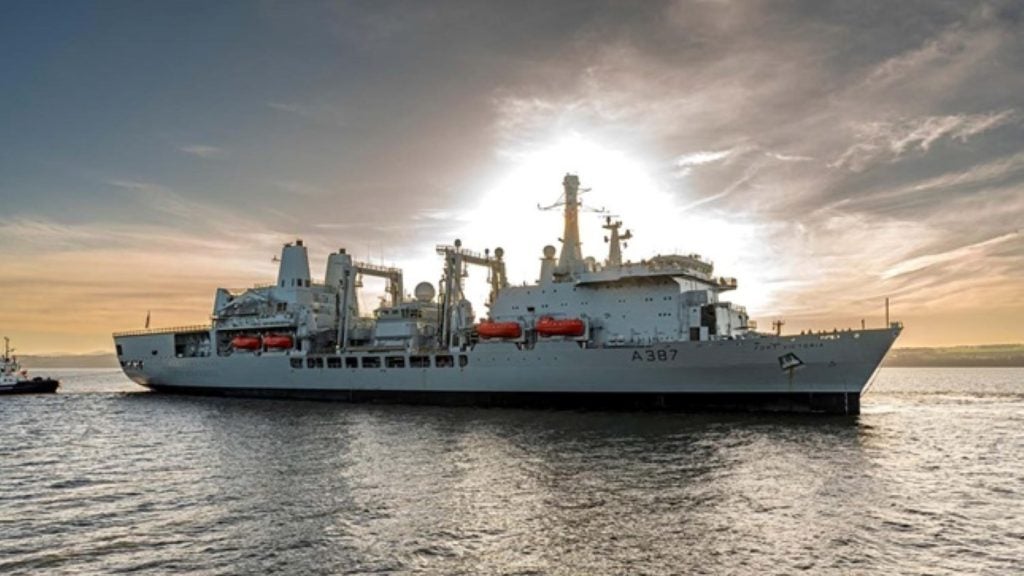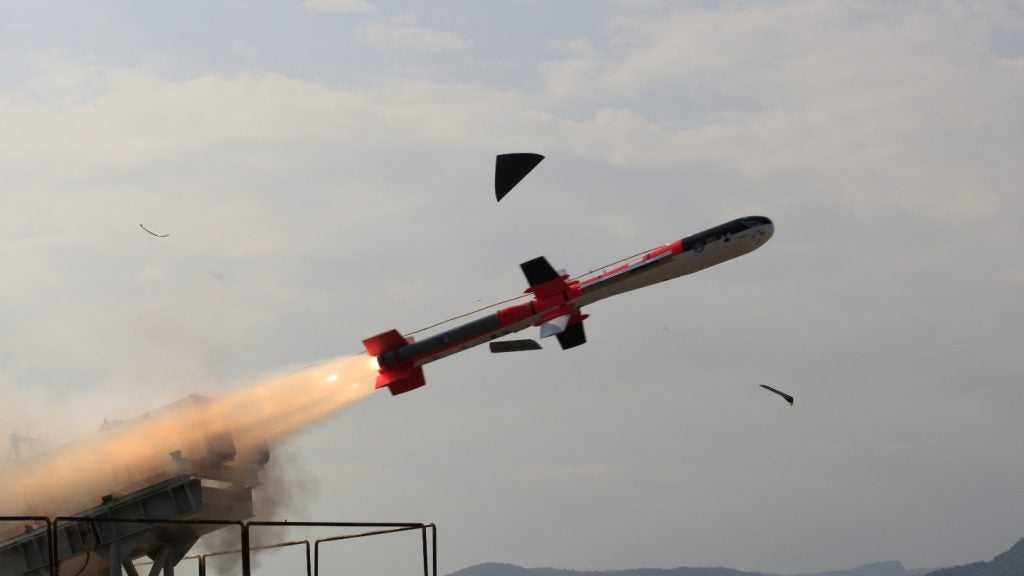Naval Base San Diego is one of the two major fleet support ports in the US. It is located on the US west coast in San Diego, California. The base is the principal homeport of the US Pacific Fleet.
The naval base is also known as 32nd Street Naval Station. The total on-base population at the port includes approximately 35,000 military, civilian, and contract personnel.
In October 2020, the Department of Defense awarded contracts worth $600m to multiple companies to conduct 5G experimentation and testing at five US military test sites, including Naval Base San Diego. Industry partners GE Research, Vectrus Mission Solutions, Deloitte Consulting, and AT&T will work on the development of a 5G-enabled Smart Warehouse with Naval Base San Diego as the test base.
Naval base location and layout
The port is located on 32nd Street, south downtown San Diego. It can be reached from the I-5 or I-15 freeways. It lies in the east side of San Diego Bay and south of the Coronado Bay Bridge. The entire facility is spread over an area of 3.95km².
San Diego naval port history
The naval port started operations in 1919 as a docking and fleet repair base for the US Shipping Board. It was officially opened in 1922 as a destroyer base. The fleet training schools and an amphibious force training unit were added by 1942.
The port was used to preserve the decommissioned World War I destroyers until 1943. It was renamed US Naval Repair Base in 1943 and was assigned the new mission to alter and repair the modern US Navy warships.
In 1946, US Naval Repair Base became Naval Station San Diego. The port operations were reorganised to provide logistical support to the active fleet. The port had 294 buildings, five piers and a total land area of 372ha by the end of 1946.
The port was re-designated Naval Base San Diego and became the main home port of the US Pacific Fleet when the Long Beach Naval Shipyard permanently closed in 1994.
San Diego naval base operations
Naval Base San Diego is home port to approximately 56 ships, including 46 US Navy ships, two US Coast Guard cutters, and eight military sealift command ships, as well as research and auxiliary vessels. The US Navy’s most advanced littoral combat ships are also based at the port.
The port accommodates over 150 separate tenant commands and Navy support facilities, which support specific fleet missions. The facility response team at the port provides spill response equipment and personnel for oil spill requirements in the region.
San Diego garrison facilities
The base consists of 13 piers spread over 395ha of land and 132ha of water. The port is divided into two sections known as ‘wet’ and ‘dry’ sides. The ‘wet’ side of the base comprises 70 Shore Intermediate Maintenance Activity (SIMA) workshops, naval stations, and ships of the Pacific Fleet.
The Fleet Training Center (FTC), medical, and dental clinics, gymnasiums, a galley and accommodation are located on the ‘dry’ side.
The Defense Distribution Depot San Diego, California (DDDC) performs regular and high-priority distribution functions such as trans-shipment, preservation, packing, and reclassification of goods. Depot level repairables, electronics, industrial, medical, construction, clothing, packaged petroleum, chemicals, ship, aviation repair components, and small boats / amphibious craft are processed at the facility.
San Diego base communications
The Fleet Area Control and Surveillance Facility (FACSFAC) is responsible for air, surface, and subsurface activity in the California offshore ranges and operations airspace off the coasts of San Diego and San Francisco.
FACSFAC schedules, coordinates, and controls complex naval operations. It provides offshore air traffic control and surveillance. FACSFAC also manages assigned airspace, operating areas, ranges, and training resources.
FACSFAC provides fleet communication in co-operation with SOCAL shore commands and the FAA. The facility is operated 24 hours a day to achieve uninterrupted two-way communication.
It employs a range of communication means, including UHF SATCOM, cellular phone, HF phone patch, SHF, STU-III, and INMARSAT.
Other naval base facilities and services
The base facilities include waterfront operations, force protection (security), supply, a Navy Exchange and shopping centres, bachelor quarters, food services, public affairs, administration, transient people administration, fiscal management, and civil engineering. Recruit training is conducted at the Naval Training Center.
Other services provided for residing families include recreation, medical, and dental care, religious services, transportation, utilities, legal support, counselling and assistance, facility maintenance, fire protection, educational services, and a child development centre. The base also provides additional accommodation for over 4,000 people in apartment-like barracks, which include residential towers under construction.









